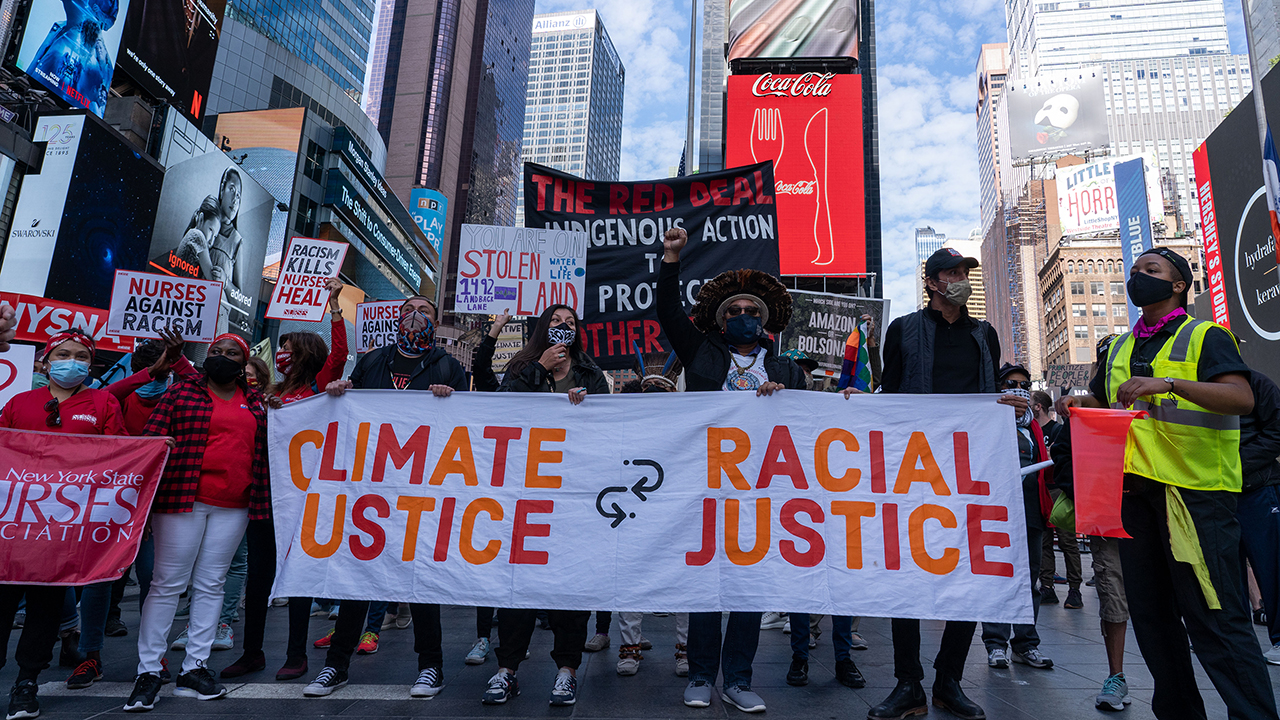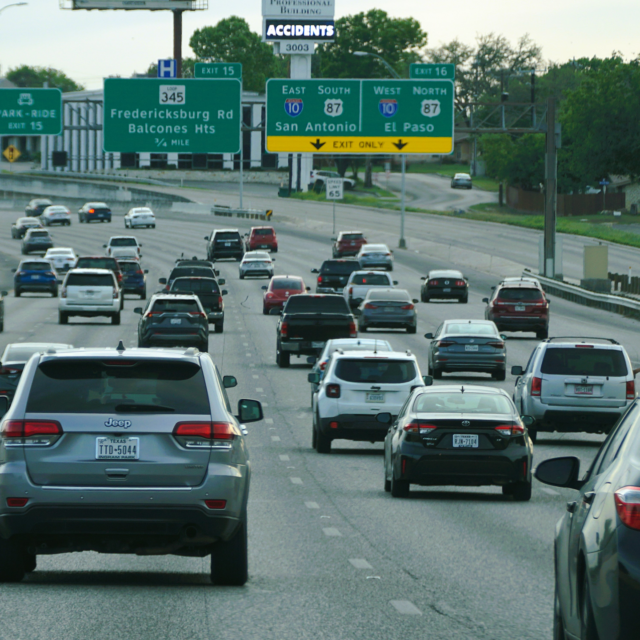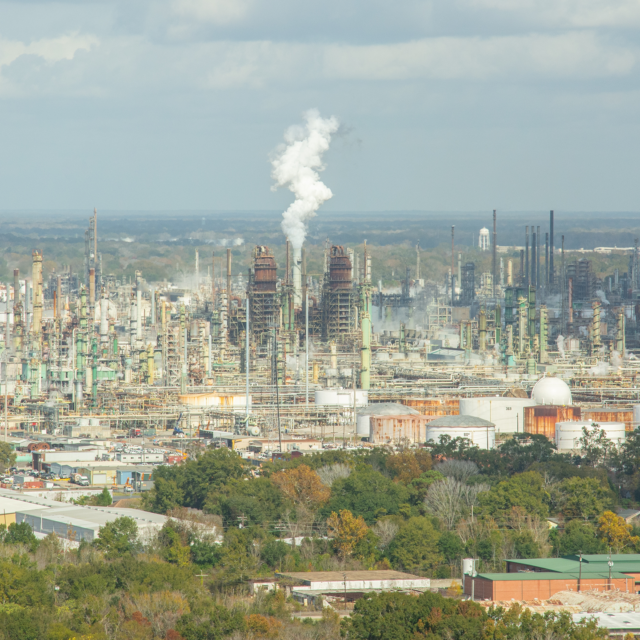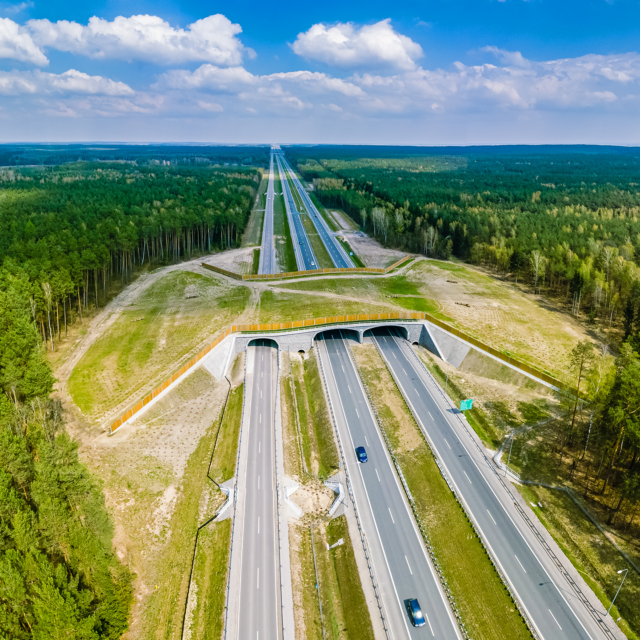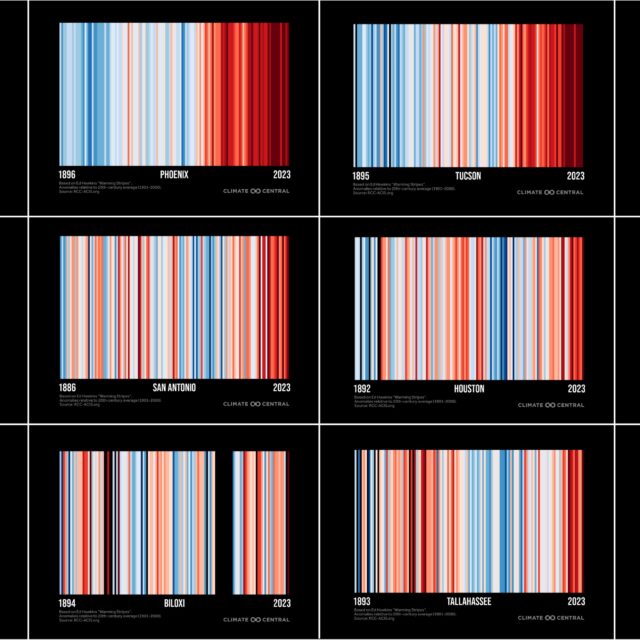By Wellington “Duke” Reiter, Founder and Executive Director, Ten Across
Several months ago, I had the privilege of hosting Dr. Robert Bullard on the Ten Across in Conversation podcast where we discussed Envisioning a Just Future for All. Our conversation focused on environmental justice and how it has been unequally distributed in the U.S. Of course, there is no one more qualified to speak on this topic, especially as it applies to locations within the Ten Across geography.
I was recently reminded of this as I watched Dr. Bullard calmly walk a national television audience through the tragic case of contaminated—and then simply unavailable—water in Jackson, Mississippi, the state capitol. While there has been much discussion of malfunctioning pumping stations and decades of disinvestment—both of which are real concerns—the core issue is long-standing racism and the associated policies and practices that led to this monument to inequity. While the evidence is abundant and difficult, in the course of the interview, Dr. Bullard maintained an unshakable focus on what must be done in both the short and long-term. Most importantly, he did so in a manner that quietly educates while insisting that we start doing better by all people…and now.
I was delighted to see the New York Times profile Dr. Bullard this week, an indication that people are indeed listening. In addition to the environmental degradations that have been visited upon black and impoverished communities for generations, he has also challenged the negative by-products of transportation infrastructure as it was imposed upon many cities—most frequently, the neighborhoods and people with the least capacity to resist. Thanks to Dr. Bullard’s efforts, the Biden Administration’s Bipartisan Infrastructure Law includes resources for remedying some of the inequities generated by poorly conceived highway placement. This is further backed up by the Justice40 initiative which expressly embraces environmental justice in the process. Dr. Bullard’s fingerprints are all over it.
As the Ten Across initiative uses the U.S. Interstate 10 as an armature for showcasing a number of challenges that are central to the future of the country, it is incumbent upon us to address the impacts of this massive artifact when the conditions warrant. Right in Dr. Bullard’s backyard, one can most profoundly see the legacy of the I-10 as it crashed through places like the Fifth Ward, producing predictable results in the process. For those seeking a compelling narrative detailing how this all came to be, I cannot recommend Kyle Shelton’s study more highly: Power Moves: Transportation, Politics, and Development in Houston. And just last weekend, the New York Times offered an opinion piece by Adam Paul Susaneck featuring the stranglehold highways have had on downtown Houston and/or the barriers they intentionally presented to certain communities.
We are in a time of great opportunity, one where we have incredible resource and data to help us course correct and re-envision a more just and equitable future. With everything about infrastructure, mobility, energy, and personal mobility in flux, now would be the right time to make the much-needed corrections Dr. Bullard has rightly been insisting upon.
The question is will we.
Special Opportunity
Join us at our upcoming summit “The Future is Here” in Houston January 10-12, 2023 where we’ll be hosting an important panel discussion with esteemed experts on the topic of Restitching American Communities Bringing an Equity and Environmental Lens to Infrastructure. Learn more
RESOURCES
Envisioning a Just Future for All with Robert Bullard, Interviewed by Wellington “Duke” Reiter, Ten Across Conversations podcast
“At 75, the Father of Environmental Justice Meets the Moment” by Cara Buckley, New York Times
Power Moves: Transportation, Politics, and Development in Houston by Kyle Shelton, University of Texas Press
Opinion: Mr. Biden, Tear Down This Highway by Adam Paul Susaneck, New York Times
